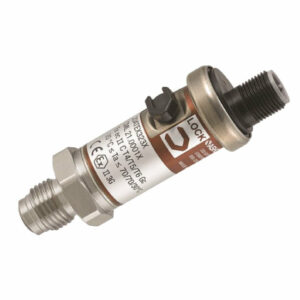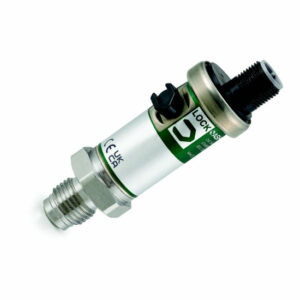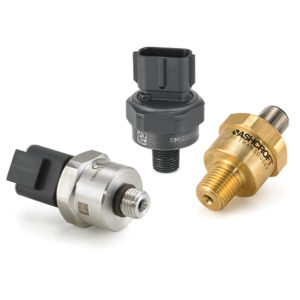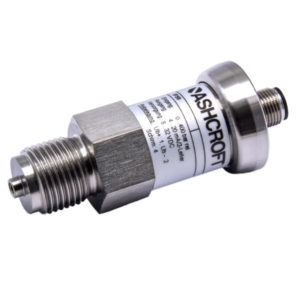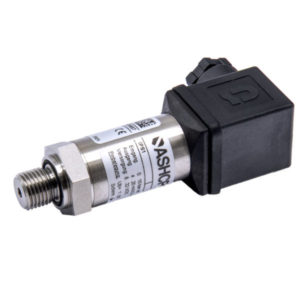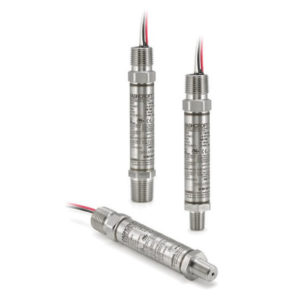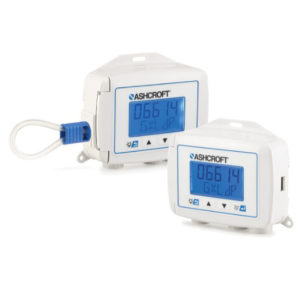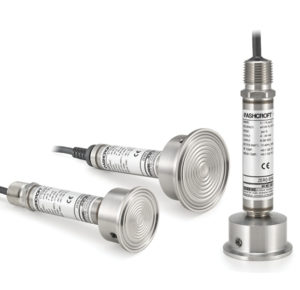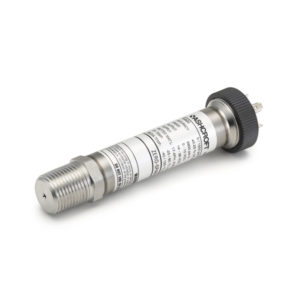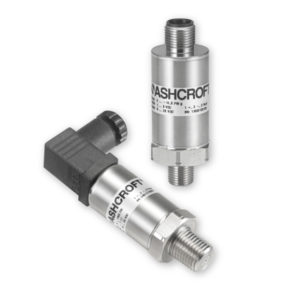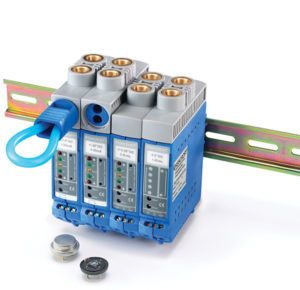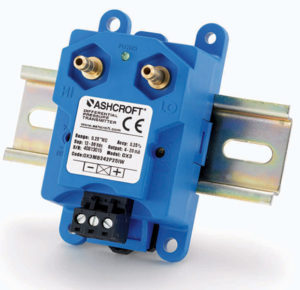

KXF Flush Mounted Pressure Transducer
KXF Flush Mounted Pressure Transducer
Industrial Applications:
- Pulp and Paper industry
- Spray booths
- General Industrial process application
Process Applications:
- Food and beverage
- Milk and dairy
- Heavy medium pumping process
Data Sheets
Installation + Maintenance
Declaration of Conformity
Industry Brochures
Product + Technical Information
Drawings + Models
- 📄 Drawing Flush mounted Pressure Transducer KXFHT MG5FHS XM1 🇬🇧
- 📄 Drawing Flush mounted Pressure Transducer KXFHT MG4F XM1 🇬🇧
- 📄 Drawing Flush mounted Pressure Transducer KXF MST1 XM1 🇬🇧
- 📄 Drawing Flush mounted Pressure Transducer KXF MST1 XF2 🇬🇧
- 📄 Drawing Flush mounted Pressure Transducer KXF MG4F XM1 🇬🇧
- 📄 Drawing Flush mounted Pressure Transducer KXF MG6F XM1 🇬🇧
- 📄 Drawing Flush mounted Pressure Transducer KXF MG6F XF2 🇬🇧
Key Features
Wide assortment of analog outputs, pressure and electrical connections
Uses Ashcroft’s proven polysilicon thin film technology
Process temperature up to 200°C (optional)
Flush diaphragm for sanitary application
Rugged stainless steel construction
Markets & Applications
Food and Beverage
Autoclave
Biotech
Filtration Monitoring
- Specifications
- Downloads
Mounting
Stem
Output Signal
4-20 mA (2-wire)
0-5 VDC (3-wire)
0-10 VDC (3-wire)
Many other voltage outputs
Process Connection Style
Threaded with flush diaphrahm
Accuracy
0.5% of span
1% of span
Pressure Type
Gauge pressure
Ranges
Vacuum
Compound
1 ... 600 bar / 15 ... 9000 psi
Wetted Parts Material
Hastelloy C
Stainless steel 316L (1.4404)
Electrical Termination
Stainless steel cable gland
Plastic cable gland
Hirschmann EN 175301-803 Form A
Ingress Protection
IP65
IP68
Case or Body Material
Stainless steel 304 (1.4301)
Data Sheets
Installation + Maintenance
Declaration of Conformity
Industry Brochures
Product + Technical Information
Drawings + Models
- 📄 Drawing Flush mounted Pressure Transducer KXFHT MG5FHS XM1 🇬🇧
- 📄 Drawing Flush mounted Pressure Transducer KXFHT MG4F XM1 🇬🇧
- 📄 Drawing Flush mounted Pressure Transducer KXF MST1 XM1 🇬🇧
- 📄 Drawing Flush mounted Pressure Transducer KXF MST1 XF2 🇬🇧
- 📄 Drawing Flush mounted Pressure Transducer KXF MG4F XM1 🇬🇧
- 📄 Drawing Flush mounted Pressure Transducer KXF MG6F XM1 🇬🇧
- 📄 Drawing Flush mounted Pressure Transducer KXF MG6F XF2 🇬🇧
- Category: Transducer / Transmitter





